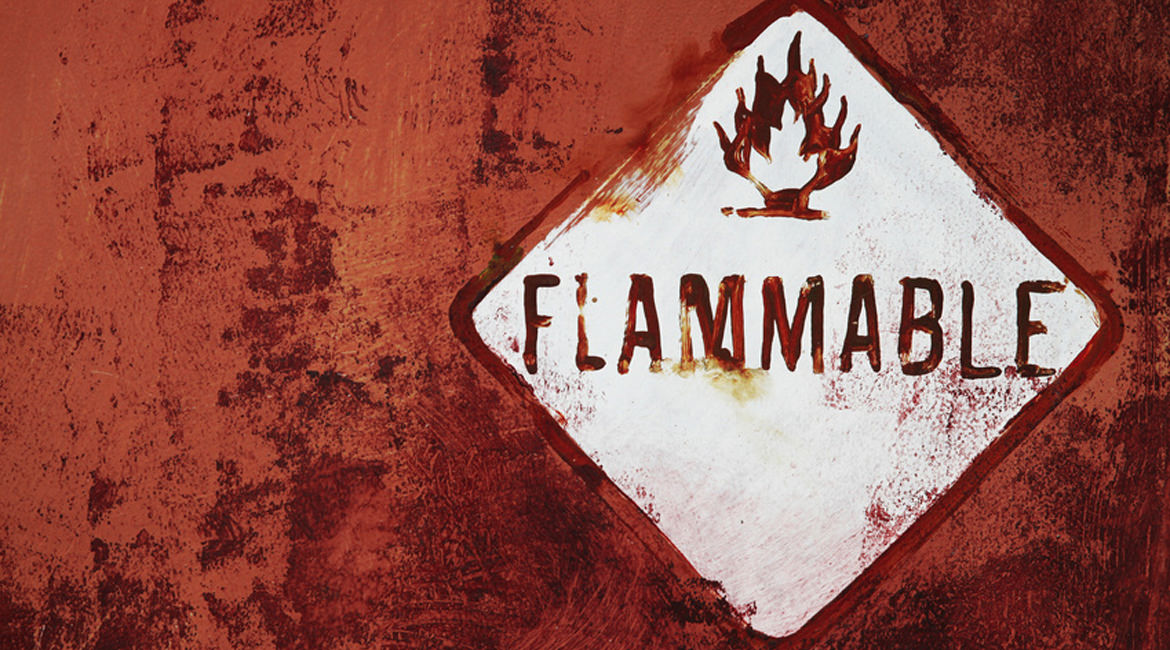Graphite consists of pure carbon.
Similar to diamond, graphite molecules form a crystal lattice. However, while diamond is arranged cubically, the carbon atoms in graphite form a hexagonal surface structure.
Carbon is one of the most common elements in the solar system.
Carbon is one of the most common elements in the solar system. Its share on earth is about 1.85 billion gigatons. Only 0.1 percent of this is above the earth’s surface. But here, carbon is the basis for organic chemistry and biological life. The reason is its special ability to form compounds with itself and with other elements and to form new substances. For example, in combination with oxygen it becomes carbonic acid, with hydrogen it becomes fossil fuel and with itself it becomes diamond, fullerene, graphene or graphite.
The mineral graphite ranks sixth in the periodic table.
Its six most important parameters are crystallinity, surface, particle shape, particle size and porosity. The application form of graphite depends largely on the combination of these parameters in its manufacturing.


